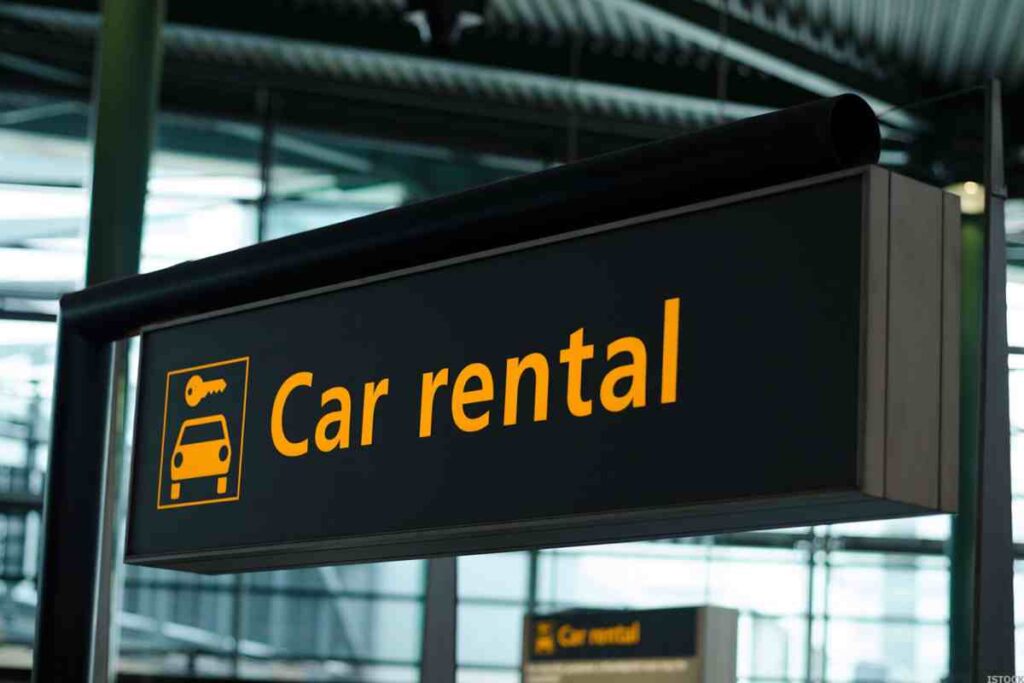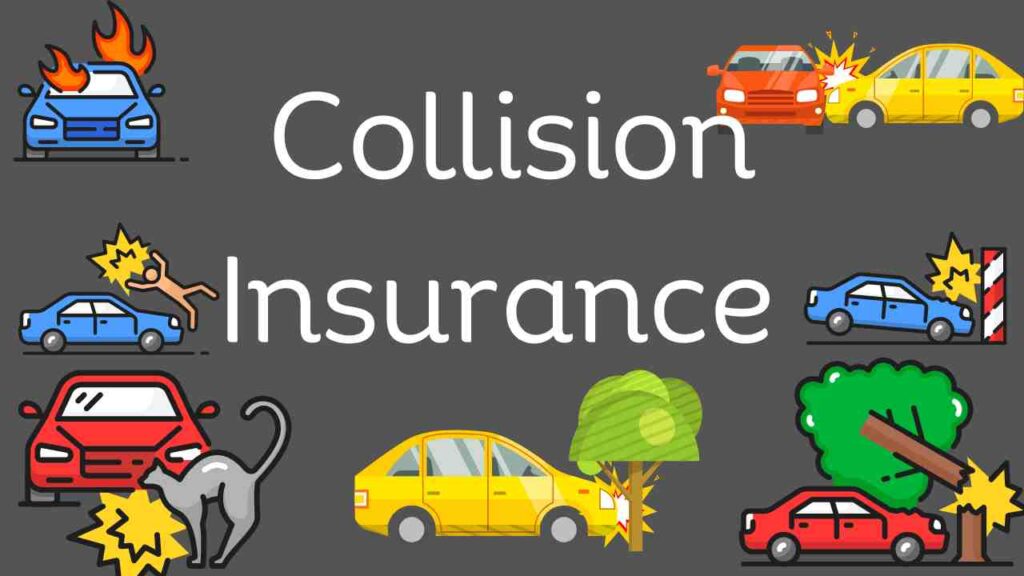Renting a car can be an exciting part of your travel experience, offering you the freedom to explore at your own pace. However, one question often arises is whether you need extra insurance when renting a car, especially in the USA. This question is not as straightforward as it might seem, as the answer depends on various factors such as your existing insurance policies, the rental car company’s policies, and even the specific state laws.
In this article, we will delve into the intricacies of rental car insurance in the USA. We will discuss the types of insurance offered by rental companies, how your personal auto insurance or credit card might provide coverage, and when it might be beneficial to consider additional insurance. Whether you’re a US resident planning a road trip or a tourist intending to drive in the country, this article aims to guide you through the complexities of rental car insurance, helping you make an informed decision.
Eligibility and Licensing

Before you can rent a car in the USA, there are certain eligibility criteria that you must meet. These requirements can vary slightly from one rental company to another, but some common rules apply across the board.
Age Requirement: Most car rental companies in the USA require drivers to be at least 21 years old, although drivers under the age of 25 may have to pay a “young driver fee.” Some states and rental companies may have different age requirements, so it’s always a good idea to check in advance.
Valid Driving License: You must possess a valid driving license to rent a car in the USA. The license must be valid for the entire rental period. If you’re a US resident, you can use your state-issued driver’s license.
International Driving Permit (IDP): For foreign tourists, an International Driving Permit (IDP) is often required along with your valid foreign license. An IDP is a translation of your foreign license into 10 languages and is accepted in over 150 countries. It’s important to note that an IDP is not a standalone document – it must be accompanied by your valid foreign license.
Credit Card: Most rental companies require a credit card in the driver’s name. This is used as a security deposit to cover any potential damages or additional charges.
Remember, each rental company may have its own specific requirements, so it’s always best to check with the company directly before making your booking.
Types of Rental Car Insurance
When renting a car in the USA, you’ll come across several types of insurance options. Understanding what each one covers can help you make an informed decision about what you need. Here are the most common types of rental car insurance:
1. Collision Damage Waiver (CDW): Also known as Loss Damage Waiver (LDW), this is not technically an insurance product, but rather a waiver that covers you in case of damage or theft of the rental vehicle. When you accept the CDW, the rental company waives its right to charge you for damage to the car.
2. Supplemental Liability Insurance (SLI): This provides coverage for third-party injury, death, and property damage claims that may occur during the rental period. It’s supplemental because it kicks in after your personal auto insurance has been exhausted.
3. Personal Accident Insurance (PAI): This covers medical costs for you and your passengers if you’re involved in an accident. This includes ambulance, medical care, and death benefits.
4. Personal Effects Coverage (PEC): This insurance covers the theft of personal items from your rental car.
Remember, these coverages can vary by state and rental company. Always read the fine print and ask questions if you’re unsure about anything.
Coverage Details
Understanding what each type of rental car insurance covers can help you make an informed decision. Here are the details of the coverage provided by each type:
1. Collision Damage Waiver (CDW): The CDW covers the cost of repairs to the rental vehicle in the event of damage or theft. It also covers “loss of use” charges (fees that rental companies charge for lost rental income while the car is being repaired). However, it’s important to note that the CDW often comes with a deductible, and certain types of damage (like damage to the undercarriage, roof, tires, or windows) may not be covered.
2. Supplemental Liability Insurance (SLI): The SLI provides additional liability coverage up to $1 million. This means if you cause an accident that results in injury to others or damage to their property, the SLI can cover the associated costs once your personal auto insurance has been exhausted.
3. Personal Accident Insurance (PAI): The PAI covers medical costs for the driver and passengers in the rental car in the event of an accident. This can include ambulance fees, medical care, and even death benefits.
4. Personal Effects Coverage (PEC): The PEC covers the theft of personal items from your rental car. However, it’s important to note that there may be limits on the amount that is covered, and you may find that your homeowner’s or renter’s insurance already provides similar coverage.
Remember, these coverages can vary by state and rental company. Always read the fine print and ask questions if you’re unsure about anything.
Do You Need Extra Insurance When Renting A Car in the USA?
The need for extra insurance when renting a car in the USA depends on several factors. Here are some key points to consider:

- If you have a personal auto policy, it may cover liability and collision damage for rental cars, but you should check with your insurer to confirm the details and limits of your coverage. You may also have to pay a deductible and deal with potential premium increases if you file a claim.
- Some credit cards offer rental car insurance as a benefit, but you need to use that card to pay for the rental and decline the rental company’s coverage. The credit card coverage may be secondary, meaning it only pays after your personal auto policy or the rental company’s insurance. You should also check the terms and conditions of your card to see what types of vehicles and damages are covered or excluded.
- The rental company may offer you various types of insurance, such as collision damage waiver (CDW), supplemental liability insurance (SLI), personal accident insurance (PAI), and personal effects coverage (PEC). These are optional and may cost $10 to $40 per day, depending on the type and level of coverage. You should read the rental agreement carefully to understand what each option covers and what your responsibilities are in case of an accident or theft.
- If you want to avoid the hassle and expense of dealing with the rental company’s insurance or your personal auto policy, you can buy a separate rental car insurance product from a third-party provider, such as Allianz Global Assistance or RentalCover.com. These products may offer more comprehensive and affordable coverage than the rental company’s insurance, with features such as zero deductible, primary coverage, and worldwide coverage.
In summary, you don’t need to have your own auto insurance policy to rent a car in the USA, but you should have some form of coverage to protect yourself from potential costs and liabilities.
Third-Party Insurance
Third-party insurance is another option you might consider when renting a car in the USA. Unlike the insurance offered at the rental counter, third-party insurance is purchased independently from a separate insurance company. Here are some key points to consider:
1. Coverage: Third-party insurance typically offers similar types of coverage as rental car companies, including collision damage and liability insurance. Some providers also offer personal accident and personal effects coverage.
2. Cost: Third-party insurance can be a cost-effective alternative to the insurance offered by rental car companies. However, prices can vary widely based on factors such as the coverage level, the renter’s age, and the rental location.
Can I Stay on My Parents’ Insurance If I File Taxes Independently?
3. Claims Process: If you need to file a claim, you’ll deal directly with the third-party insurance company rather than the rental car company. This process can be more complex and time-consuming, so it’s important to understand what’s involved.
4. Where to Buy: Third-party rental car insurance can be purchased online, often at the same time you book your rental car. Some well-known providers include Allianz Global Assistance, Insure My Rental Car, and Bonzah.
Remember, it’s crucial to read the policy details carefully to understand what is and isn’t covered. Also, keep in mind that third-party insurance is secondary to your personal auto insurance, meaning it only pays out after your personal auto insurance has been exhausted.
Insurance Scams
Car rental insurance scams are unfortunately quite common and can significantly increase the cost of your rental. Here are some key points to be aware of:
- Unnecessary Insurance: One of the most common scams is the hard sell of unnecessary insurance. Rental car companies often try to sell you insurance coverage that you may not need. For example, your personal auto insurance or credit card company may already provide coverage for a rental car.
- Excessive Charges: Another common scam is excessive charges for minor damages. Some rental companies may charge you for even the smallest damages if you don’t buy their collision damage waiver (CDW) or loss damage waiver (LDW).
- Overpriced Insurance: CDW or LDW insurance can be overpriced. The actual cost to the rental company is just a few dollars a day, but they may charge you around $30 per day or more.
- Billing for Damages: In some cases, you may be billed for damages to the rental car up front, and then have to file a claim with your own insurance company to recover the money.
To avoid these scams, it’s important to thoroughly research your insurance options before you rent a car. Check with your personal auto insurance provider and credit card company to understand what coverage you already have. Also, carefully inspect the rental car for any pre-existing damage before you drive away, and make sure any damage is documented in your rental agreement.
Claim Process
The process of filing a claim for rental car insurance can be a bit complex, but here’s a general step-by-step guide to help you understand it better:
- Report the Accident: Contact the rental car company and your insurance provider to report the accident as soon as possible.
- Document the Damage: Take photos of the rental car and any other vehicles or property involved in the accident.
- Fill Out a Claim Form: Obtain a claim form from your insurance provider or the rental car company and fill it out accurately and completely.
- Contact Your Insurance Company: If you have rental coverage in your insurance policy, your insurance company will provide you with a claim number.
- Call the Rental Company: Provide the rental company with your claim number.
- Claim Online When You’re Home: Once you get home, get online and let the rental car company know what’s happened. The rental company will probably charge you as soon as you drop off the car.
- Upload All Your Paperwork: You’ll need to upload all your paperwork related to the accident.
How Risky is A High-deductible Health Plan?
Remember, the claims process can vary depending on the rental car company and your insurance provider. It’s always a good idea to check with both before you rent a car to understand their specific processes.
FAQs
Q 1. What happens if I decline all insurance at the rental counter?
Ans. If you decline all insurance at the rental counter, you’re assuming full financial responsibility for any damages or liability incurred during the rental period. This means if the rental car is damaged or stolen, or if there’s an accident involving third-party injury or property damage, you could be held liable for all costs.
Q 2. What should I do if I get into an accident with a rental car?
Ans. First, ensure everyone is safe and call the police if necessary. Then, report the accident to the rental car company as soon as possible. You should also contact your own insurance company if you’re using your personal auto insurance for coverage. Document the incident thoroughly by taking photos and gathering witness information.
Q 3. Does rental car insurance cover international rentals?
Ans. This depends on the specifics of your policy. Some insurance policies may cover international rentals, while others may not. Always check the terms of your policy before renting a car abroad.
Q 4. What are some common exclusions in rental car insurance policies?
Ans. Common exclusions include damage from reckless driving, driving under the influence, damage to tires or undercarriage, and loss of personal belongings. Always read the fine print of your policy to understand what is and isn’t covered.
Q 5. How can I save money on rental car insurance?
Ans. You can save money by checking whether your existing auto insurance or credit card provides rental car coverage, shopping around for the best rates, and only purchasing the coverage you need.
Q 6. What should I do if my rental car is stolen?
Ans. If your rental car is stolen, report it to the local police and the rental company immediately. You should also contact your insurance provider if you’re using your personal auto insurance or credit card coverage.
Conclusion
Renting a car in the USA can be a complex process, especially when it comes to understanding the ins and outs of rental car insurance. However, with careful research and consideration, you can navigate this landscape confidently.
Remember, the need for extra insurance largely depends on your existing coverage and your personal comfort level with risk. It’s essential to understand your personal auto insurance policy, credit card benefits, and any other coverage you might already have.
While rental car companies offer convenient insurance options at the counter, these can often be more expensive than alternatives. Third-party insurance providers can be a cost-effective solution, but it’s important to understand the coverage they offer and the claims process.
In the end, the best insurance option for you will depend on your individual circumstances and needs. Always read the fine print, ask questions, and consult with a professional if needed. With the right preparation, you can ensure that you’re covered for your journey on the open road.

Join Shubham, a finance enthusiast with a mission to empower readers with the knowledge and tools to achieve financial freedom. Discover smart financial advice and unlock your financial potential.


